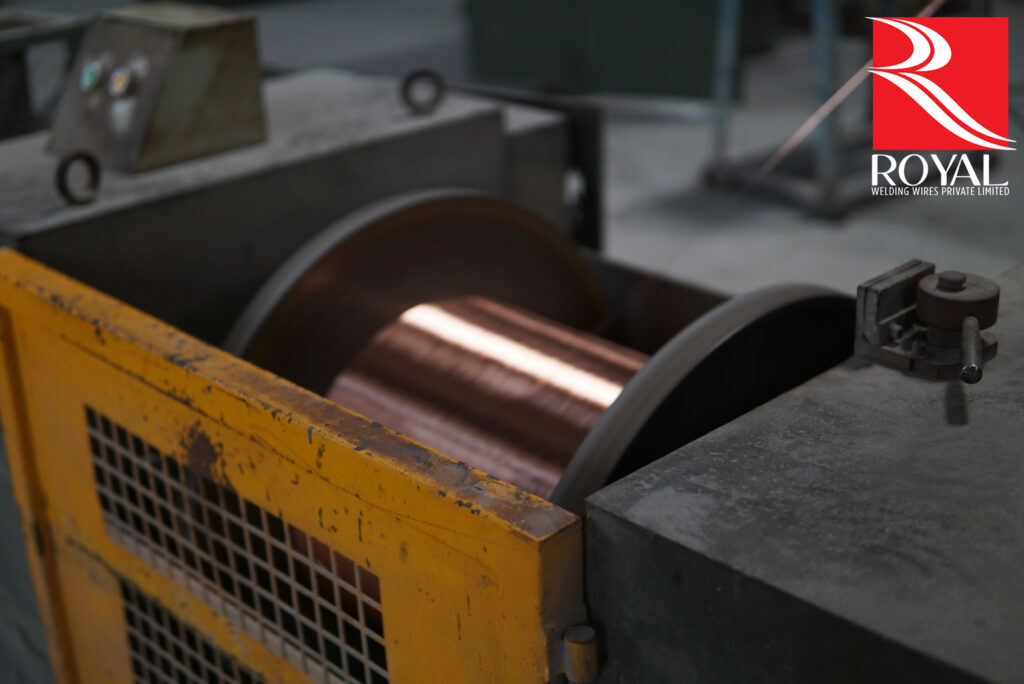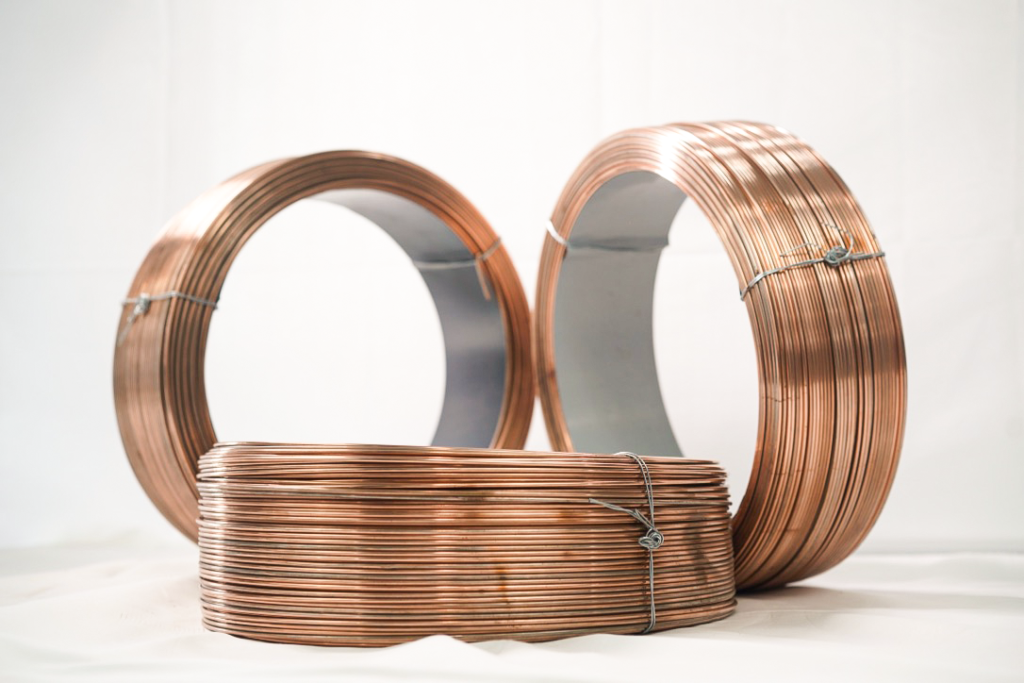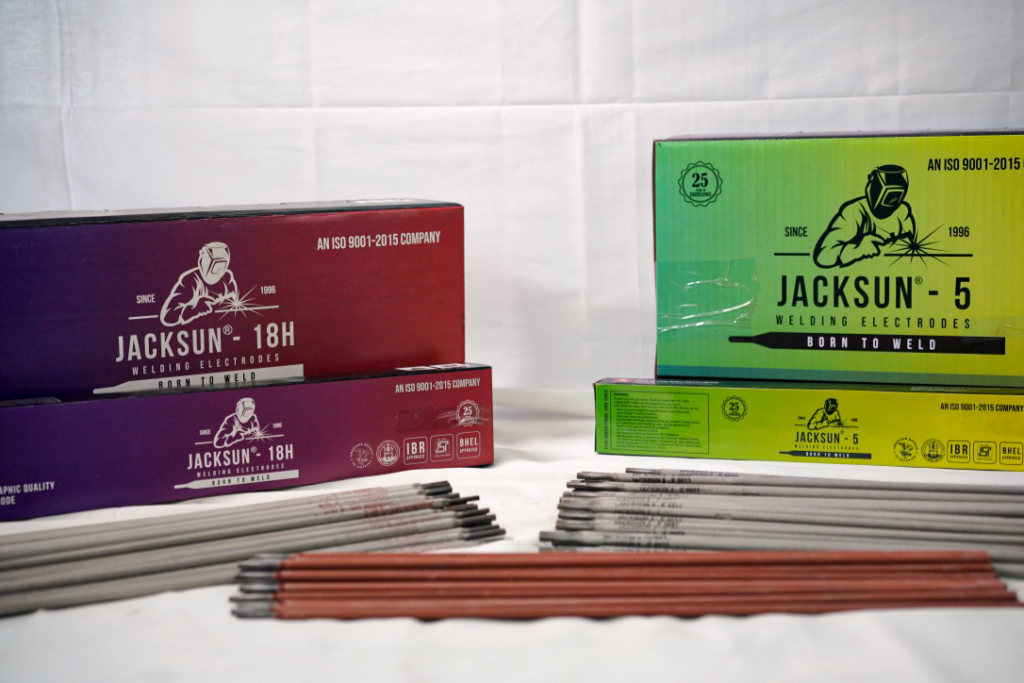Arc welding is a form of electric arc process that can be used for metal fabrication. Learn how it all works in this article!
Introduction
If you’ve seen a welder at work, you’ve probably noticed the bright, arcing light from the welding torch. But what is this arc, and how does it work?
In this blog post, we’ll explore the basics of arc welding, including how it works and what its advantages are. We’ll also dispel some common myths about arc welding so that you can better understand this process.

What is an arc?
An arc is an electric current that flows between two electrodes, often made of metal. Arc welding is a welding process that uses this electric current to create heat, which melts the metal and allows the two pieces to be joined together.
The arc welding process is very versatile and can join various metals, including steel, aluminium, and stainless steel. It can also be used to weld thick or thin materials, making it a great choice for various projects.
An arc is an electric current that flows between two electrodes, often made of metal. This current can be used to weld two pieces of metal together.
Welding is a process of joining two pieces of metal together by heating the metal until it melts and then cooling it so that it solidifies. Arc welding is a type of welding that uses an electric arc to create the heat needed to melt the metal.
How does arc welding work?
An electric arc is created when electricity passes through a gas. This can happen naturally in the form of a lightning bolt or be created artificially, like in an arc welder.
An arc welder passes an electric current through a metal electrode, producing an arc of electricity between the electrode and the metal workpiece. The heat from this arc melts the metal, allowing the two pieces to be joined together.
Arc welding is a popular choice for many welding applications because it is relatively easy and produces strong welds.

10 Advantages of arc welding
- Arc welding is a fast and efficient way to join metals.
- The process is relatively simple and does not require specialised training.
- Arc welds are strong and durable, making them ideal for structural applications.
- The heat produced by arc welding can be controlled to avoid distortion of the materials being joined.
- Arc welding can be performed in all positions, including vertical and overhead, making it versatile for a wide range of applications.
- Welds made using an arc welder have a smooth, aesthetically pleasing appearance.
- The process is clean and does not produce harmful fumes or smoke.
- Arc welding is suitable for joining most metals, including steel, aluminium and stainless steel.
- Welders can easily adjust the power output of their equipment to suit the thickness of the materials being joined and the desired results.
- Arc welding is a versatile and efficient joining method that can be used in many applications.
Discover the Benefits of Arc Welding and Get the Best Arc Welding Wire Now! Shop Our Selection of High-Quality Arc Welding Wire and Enjoy Fast Shipping and Low Prices.
Disadvantages of arc welding
There are several disadvantages to arc welding, including the following:
- Arc welding can be dangerous. The electric current used in arc welding can cause serious injuries if you’re not careful.
- Arc welding produces harmful fumes and smoke. These fumes and smoke can contain toxic chemicals that can damage your health.
- Arc welding can be difficult to learn. It takes time and practice to master the techniques needed for successful arc welding.
- Arc welding equipment can be expensive. You’ll need to invest in a good quality welder and other equipment if you want to do arc welding regularly.
- Arc welding can be time-consuming. If you’re not experienced, completing a welding project can take longer than using another type of welding process.

Different types of arc welding
There are many different types of arc welding, each with its advantages and disadvantages. The most common types of arc welding are:
Stick welding:
Stick welding is one of the most common and versatile types of arc welding. It uses an electrode, or “stick”, that is covered in a flux that helps to create the arc and protect the weld from contamination. Stick welding can be used on various materials, including steel, stainless steel, and aluminium.
MIG welding:
MIG welding, or Metal Inert Gas welding, uses an electrode fed through a wire feeder. The wire feeder supplies a continuous filler material while shielding gas protects the weld from contamination. MIG welding is often used for thin metals, such as car body panels.
TIG welding:
TIG welding, or Tungsten Inert Gas welding, uses a tungsten electrode to create the arc. This type of welding is often used for thin metals that require a precise weld, such as aerospace components.
Flux-cored arc welding:
Flux-cored arc welding is similar to MIG Welding but uses a flux-covered electrode instead of solid wire. This type of welding is often used for thicker materials or in situations with poor ventilation.

What are some of the benefits of using an arc welder?
There are many benefits of using an arc welder. Some of the most common benefits include:
- They are highly versatile and can be used for various applications, including welding thin metal sheets together, repairing damaged metal, and even fabricating new metal products.
- They are relatively easy to use, especially compared to other welding methods.
- They are very portable and can be taken to wherever needed.
- They produce little fumes or smoke, making them safer than other welding methods.
How does arc welding work, and how is it used in manufacturing?
Arc welding is a type of welding that uses an electric arc between an electrode and the base metal to weld metal. The arc’s heat melts the metal, and the molten metal fuses.
Arc welding is used in various manufacturing applications, including cars, trucks, trains, ships, and aircraft. It is also used in the construction industry to fabricate buildings and bridges.

Is there a difference between an arc welder and a stick welder?
Yes, there is a difference between an arc welder and a stick welder. An arc welder uses an electric arc to create heat, while a stick welder uses a chemical reaction.
An arc welder is more efficient than a stick welder because it can weld thicker materials for longer periods without stopping. An arc welder is less likely to cause sparks or fires because the electric arc is contained within the welding machine.
Stick welders are less expensive than arc welders and are often used for smaller projects. However, they can be more dangerous because the chemical reactions that create heat can cause sparks and fires.
